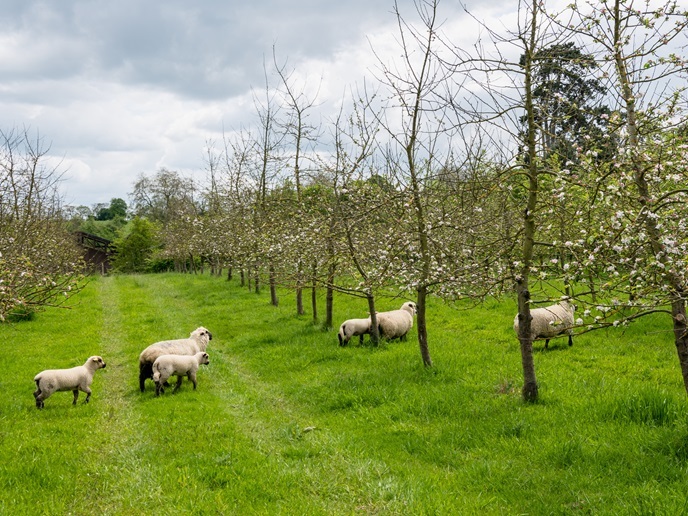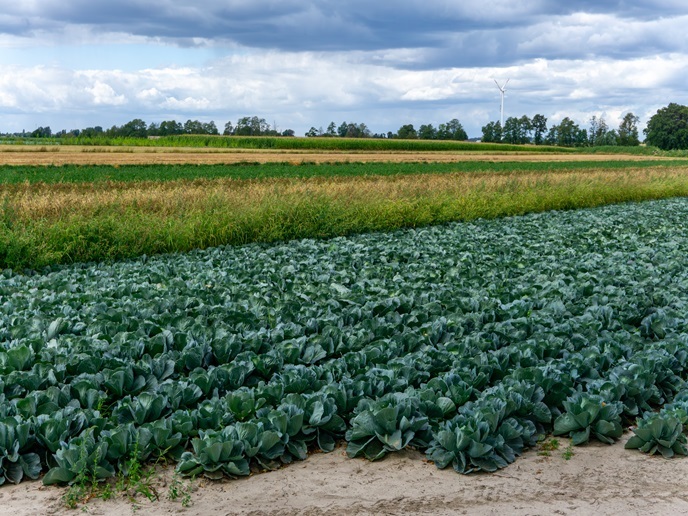Sowing the seeds for fossil-energy-free agriculture practices
Agriculture primarily relies on fossil resources to cover its energy needs and support its productivity. In Europe, the sector contributes to 13 % of total greenhouse gas emissions(opens in new window). New fossil-energy-free technologies and strategies (FEFTS) can be the answer to make farming processes more sustainable, but they are still not highly adopted in rural European areas. In view of this, a consortium of 16 partners has worked on the EU-funded AgroFossilFree(opens in new window) project. Their ambition was to create a framework to promote FEFTS, encouraging the exchange of information between research, industry and farming communities. Aiming to decrease the use of fossil energy in agriculture, the project contributes to major EU strategies, such as the European Green Deal(opens in new window) and the Farm to Fork strategy(opens in new window). “Farmers are generally willing to participate in the sustainable transition, and the integration of FEFTS is now possible due to their robustness and relative affordability, if we manage to overcome critical barriers by effectively implementing policies with long-term perspective,” states Thanos Balafoutis, AgroFossilFree project coordinator.
A single platform for FEFTS
In the current EU scenario, the main challenges for the adoption of FEFTS include the high initial investment, the absence of training and of demonstration of these solutions in real conditions, as well as the change of relevant policies combined with lengthy bureaucracy. To overcome these barriers, AgroFossilFree developed the AgEnergy platform(opens in new window) to be the single-entry point to promote information about FEFTS. Available in eight different European languages – Danish, Dutch, English, German, Greek, Italian, Polish and Spanish – it presents the FEFTS solutions through scientific papers, research projects, commercial technology, training material and available financing programmes that help them adopt the solutions. In addition, the platform has an artificial intelligence feature(opens in new window) that works as a decision support toolkit. “Through a questionnaire, the tool mimics the consultation process in which experts evaluate the needs of the end user and propose the most interesting interventions. It provides direct links for the solutions that better suit the farms, enhancing the visitor experience, while also giving visibility to solution providers,” explains Balafoutis. So far, the platform has published materials about 1 959 FEFTS and has gained 469 registered users and 3 000 unique non-registered users.
Creating change through policies
AgroFossilFree analysed the energy use and needs of agriculture in the region. For instance, in open-field agriculture, fertiliser production and use account for around 50 % of all indirect energy inputs. Livestock manure has a great potential for organic fertiliser and for renewable energy production. As for greenhouses, heating accounts for up to 99 % of all energy inputs, and most of the methods used in the EU rely on fossil fuels. With these insights, the project identified and evaluated the currently available FEFTS that can bring more sustainability to the table. After its extensive research work, the consortium developed 19 policy briefs covering horizontal and general policies, as well as specific ones, further supporting methods to defossilise agriculture.







